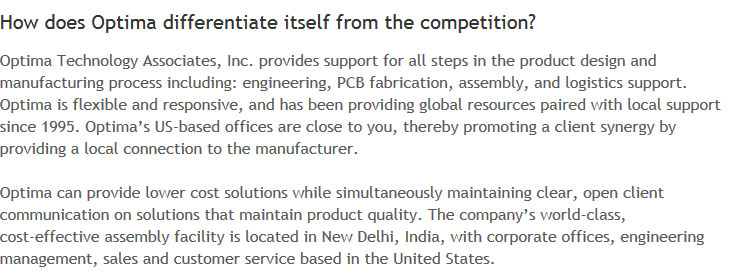What is Motion Sensors?
Motion Sensors are used to detect movement by way of digital, mechanical or electronic instrumentation and controls. A physical or electronic sensor detects motion either by way of acoustical or optical changes across a field of view. The sensor transmits the information directly to hardware or software to cause further action to take place. An array of movements can be measured and displayed via motion sensors technology. Additionally, the sensing of movement can also be used for triggering responses for a variety of purposes.
What are the benefits of Motion Sensor?
Motion Sensor technology is beneficial for both consumer use and industrial use. In consumer use, motion sensing is commonly used for dispensers (such as paper towels, soap, and sink water). Security, and resulting peace of mind and safety, can be greatly assisted by the use of sensors motion technology. When applied to lighting applications, the concept can also be an energy saver, by preventing unoccupied spaces from being illuminated.
What are the applications for Motion Sensor?
Many applications exist for motion sensor technology, which is also widely known as “motion detection.” It is considered a vital component in security systems, for both residential and commercial applications. Bathroom fixtures utilize sensors motion technology as an alternative to faucet knobs. Soap dispensers featuring the concept allow sanitary hands-free use as well. Modern hand dryers in many public restrooms feature sensors motion technology as well.
There are several types of motion sensor detectors: passive infrared sensors, ultrasonic, microwave, and thermographic.
